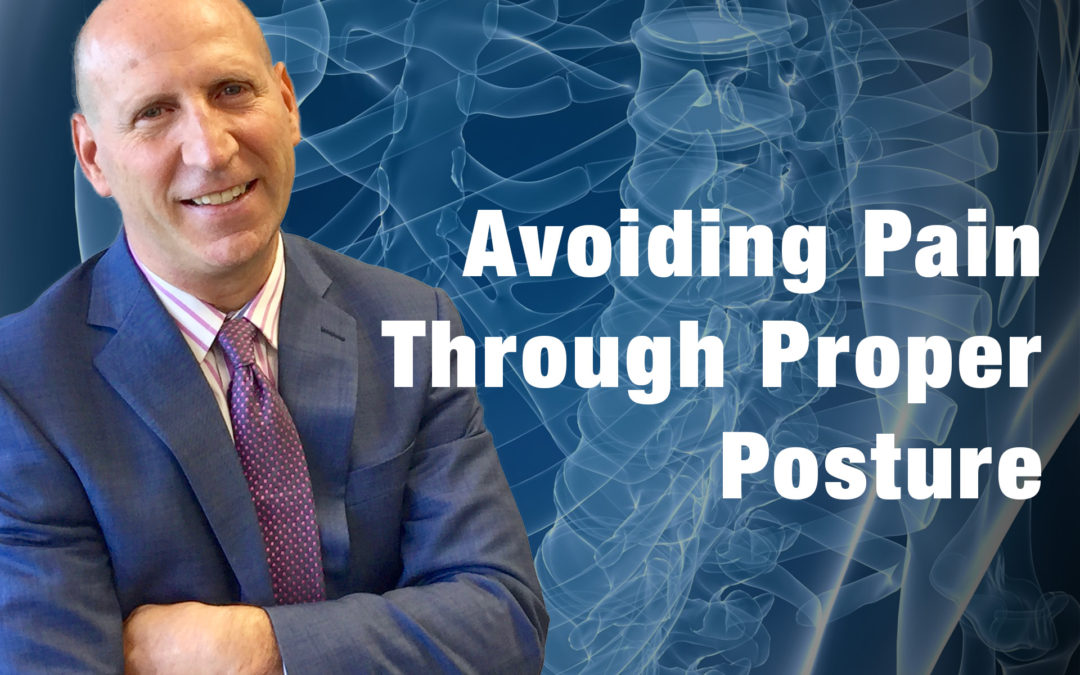Posture is the position our bodies assume when we stand sit or lie down. It involves different groups of muscles working together to hold the body’s position or prevent us from falling to the ground.
While we normally do not consciously control how our muscles contract and relax to maintain a posture, it is important that we know how to position our bodies in such a way that our muscles don’t have to work hard.
Good and Poor Posture
Good posture places the least strain on the muscles and ligaments that support the body. Good posture:
- Helps us keep our muscles working correctly, thereby preventing the abnormal wearing of joint surfaces.
- Reduces the stress on the ligaments that hold the spine together.
- Allows the body to use less energy, preventing muscle fatigue.
- Helps prevent muscle strain, pain and overuse injuries
Poor posture makes us prone to injuries because it places excessive strain on our postural muscles. Factors that contribute to poor posture include stress, obesity, pregnancy, using high-heeled shoes, poor work environment, and unhealthy sitting and standing habits.
Correcting poor posture
Recognizing your postural habits at home and in the workplace, as well as knowing the qualities of a good posture will help you make the necessary corrections. With practice, your corrected posture will gradually replace old ones.
Chiropractors can assist you with choosing proper postures when performing your daily activities, helping reduce your risk of injury. The American Chiropractic Association provides these tips for maintaining proper posture:
When Standing
- Bear your weight primarily on the balls of your feet.
- Keep your knees slightly bent.
- Keep your feet about shoulder-width apart.
- Let your arms hang naturally down the sides of your body,
- Stand straight and tall with your shoulders pulled backward.
- Tuck your stomach in.
- Keep your head level-your earlobes should be in line with your shoulders. Do not push your head forward, backward or to the side.
- Shift your weight from your toes to your heels, or one foot to the other, if you have to stand for a long time.
When Sitting
- Keep feet on the floor or on a footrest if they don’t reach the floor.
- Don’t cross your legs. Ankles should be in front of the knees.
- Keep a small gap between the back of the knees and the front of the seat.
- Knees should be at or below hip level.
- Adjust the backrest of your chair to support the low- and mid-back or use a back support.
- Relax the shoulders and keep forearms parallel to the ground.
- Avoid sitting in the same position for long periods of time.
When Lying Down
- Find a mattress that is right for you. While a firm mattress is generally recommended, some people find that softer mattresses reduce their back pain. Your comfort is important.
- Sleep with a pillow. Special pillows are available to help with postural problems resulting from a poor sleeping position.
- Avoid sleeping on your stomach.
- Sleeping on your side or back is more often helpful for back pain. If you sleep on your side, place a pillow under your knees.

